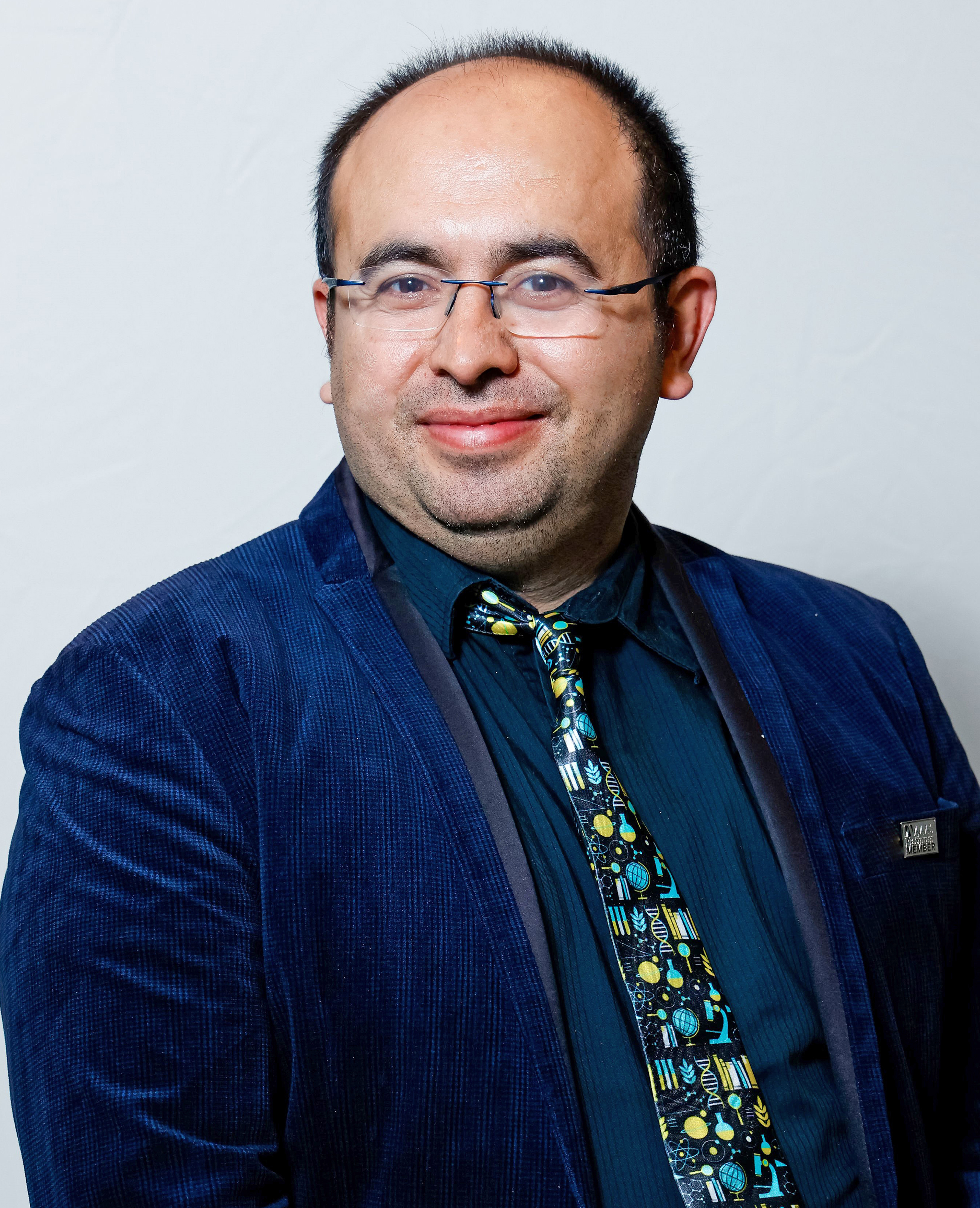Ahmet Coskun has a saying on the homepage of his lab’s website: “Seeing is believing. Quantifying is proving.” So, with that in mind, Coskun and his team have developed multiplex imaging tools and combined them with machine learning techniques – for believing and quantifying.
Now, to support Coskun’s research, the National Institutes of Health has granted him the prestigious Maximizing Investigator’s Research Award (MIRA) from the National Institute of General Medical Sciences. Coskun and his team will use the five-year, $1.86 million award for a project entitled, “Dissecting subcellular and cellular organization by spatial molecular neighborhood networks.”
They plan to probe subcellular and cellular organization, counting molecular neighborhoods and building maps to help researchers better understand the spatial organization of cells and molecules, insights that can open the door to game-changing personalized treatments for multiple diseases.
“The spatial organization of these neighborhoods, of RNA and protein molecules, is important for cellular function,” said Coskun, a Bernie Marcus Early Career Professor in the Coulter Department of Biomedical Engineering at Georgia Tech and Emory University. “So, we’re basically making maps of molecules within the cell.”
The maps can ultimately help researchers identify cell types that would best treat various diseases, while also explaining why some patients will respond to a particular treatment, and others won’t.
The NIH’s MIRA program provides researchers with greater stability and flexibility in funding while enhancing their ability to creatively tackle ambitious scientific problems. And part of the aim, said Coskun, “is to address basic biology questions that have implications on multiple diseases in the future. This single cell work has that kind of potential.”
For Coskun, the MIRA is the next phase of support in a flurry of awards that have come his way recently: it’s the fifth NIH grant his lab has received this year, with a total value of $3.6 million.
“This year has been a great year for us,” said Coskun. “It’s encouraging to receive this kind of recognition and support for research and technology that we believe will play an important role in the lives of patients.”
Latest BME News
Jo honored for his impact on science and mentorship
The department rises to the top in biomedical engineering programs for undergraduate education.
Commercialization program in Coulter BME announces project teams who will receive support to get their research to market.
Courses in the Wallace H. Coulter Department of Biomedical Engineering are being reformatted to incorporate AI and machine learning so students are prepared for a data-driven biotech sector.
Influenced by her mother's journey in engineering, Sriya Surapaneni hopes to inspire other young women in the field.
Coulter BME Professor Earns Tenure, Eyes Future of Innovation in Health and Medicine
The grant will fund the development of cutting-edge technology that could detect colorectal cancer through a simple breath test
The surgical support device landed Coulter BME its 4th consecutive win for the College of Engineering competition.








